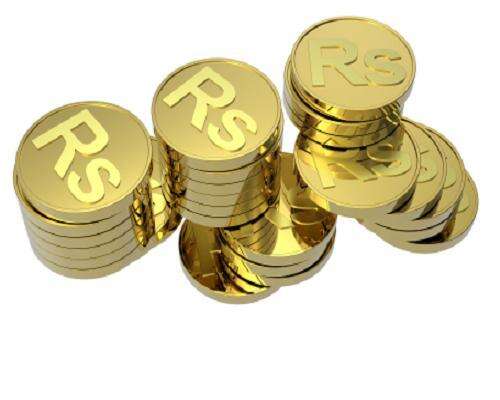
Rupee falls at Rs 48 a dollar. Do we even care for such news? We leave it to NRIs to worry about the exchange rate. For domestic investors, does rupee fluctuation hardly make any difference? Most investors do not read between the lines regarding how rupee fluctuation impacts their investments. Moreover, the exchange rate phenomenon seems esoteric for most of the common investors. In this article we will discuss some aspects of rupee fluctuation on our investment.
Currency fluctuation
There are mainly two ways by which currency rates are managed. Firstly, countries fix their currency against dollar. Hence the exchange rate doesn’t change. Government takes action to manage any fluctuation that may happen. Secondly, countries leave it to the market to decide their exchange rate. In such a system, countries follow policy of non-interference.
India doesn’t have a fixed value of rupee against dollar but it also doesn’t keep its currency completely floating against dollar. We have a system where the central bank allows rupee to fluctuate within a specified range.
Usually, rupee appreciation is taken as economy gaining strength while depreciation is taken as Indian economy losing strength.
How it impacts investors
Let’s look at how rupee fluctuation impacts investors’ decisions. Let’s look at appreciation first.
Rupee appreciation –
Rupee appreciation is considered bad for companies where major part of their revenue comes from export. Appreciation of rupee makes products more expensive for export. When the products become expensive, importing nations either reduce the import or look out for other nations that can produce the same product at cheaper prices. Hence, any appreciation in rupee is often accompanied with clamour by export companies to devalue the currency.
Rupee appreciation is good for companies that depend on import from other countries. For example, oil companies, Parma, Engineering, and medical device companies will be fine with rupee appreciation. The machinery, oil, and engine used in such industries will be cheaper to buy. Investors can consider investing in such companies when rupees appreciate.
Let’s take an example. Suppose the rupee dollar exchange rate is 50 (i.e. Rs 50 – $1). A company in export sector earns a profit margin of 15% from export. If the rupee appreciates and the new exchange rate is Rs 40 =$1. In this case, the company has lost 20% of the income.
This impacts investors in sectors that depend on export for their income. The typical examples are software industry and textile. Their dependence on export is heavy. Any rupee appreciation will hit software and textile industries hard. We have seen what happened in 2008 when America went into recession, dollar lost value and rupee appreciated against dollar. There were lay-offs, increased hours, flat revenues, and reducing profit. Investors in export oriented sector will be hit by any appreciation in rupee.
Rupee depreciation –
Rupee depreciation is when it loses value against dollar. For a nation like India where import is more than export, rupee depreciation makes things worse because imports get expensive. This increases the deficit. Rupee depreciation is not a good signal except for export driven companies.
For Indian economy, which depends on oil import, any fall in rupee will impact its oil bill. This will increased inflation because of increased oil bill. Increased inflation eats into the returns of investors. Moreover, a high inflation reduces the economic activity and consumption.
Software companies, textile companies, and many other export driven sectors such as tourism are the ones where investors can think of investing. Their export becomes cheaper and hence they can sell more to the overseas clients. These companies will do well.
Important points to keep in mind
Since the global crisis is yet to stabilize, there will be extreme fluctuation of currency or rupee. Greek crisis, Eurozone, America’s growth, and many other factors will impact the currency rate. The most recent example is rupee’s fall from Rs 44 a dollar to Rs 48 a dollar within a month. This happened because Euro went down against dollar as a result of Greek crisis. As a consequence dollar improved not only against euro but against many currencies. Investors are requested to trade based on currency fluctuation only when they have some expertise in this.
There will be times when rupee fluctuation may not impact individual companies or sectors because of other factors present. For example, if rupee depreciates against dollar further, there is not much chance that software industry will improve its income as they did in the past. They have become quite matured and going from here to the next level will require different ways to develop software.
Finally, the rupee dollar exchange rate will remain volatile till the crisis persists. Hence investors should practice caution when investing in exchange rate sensitive sectors.